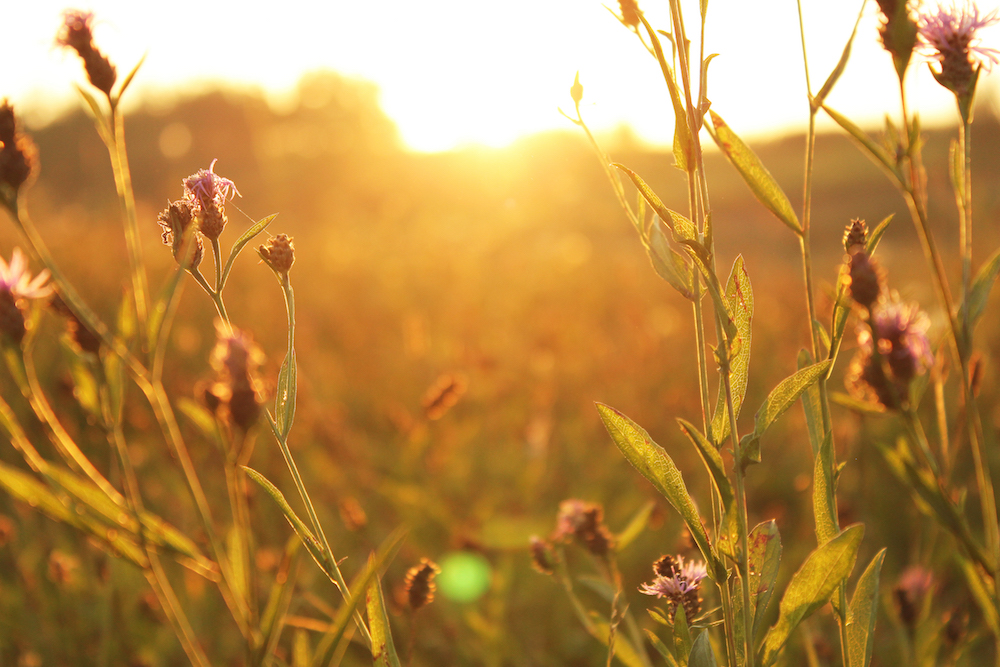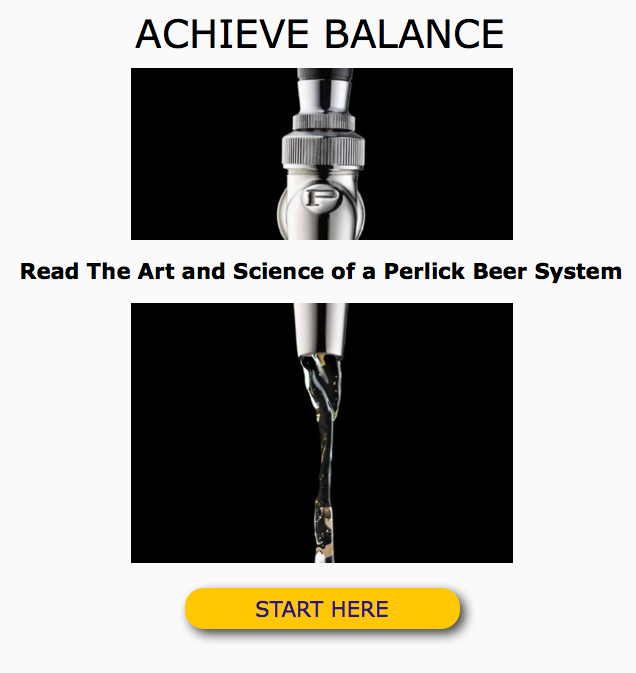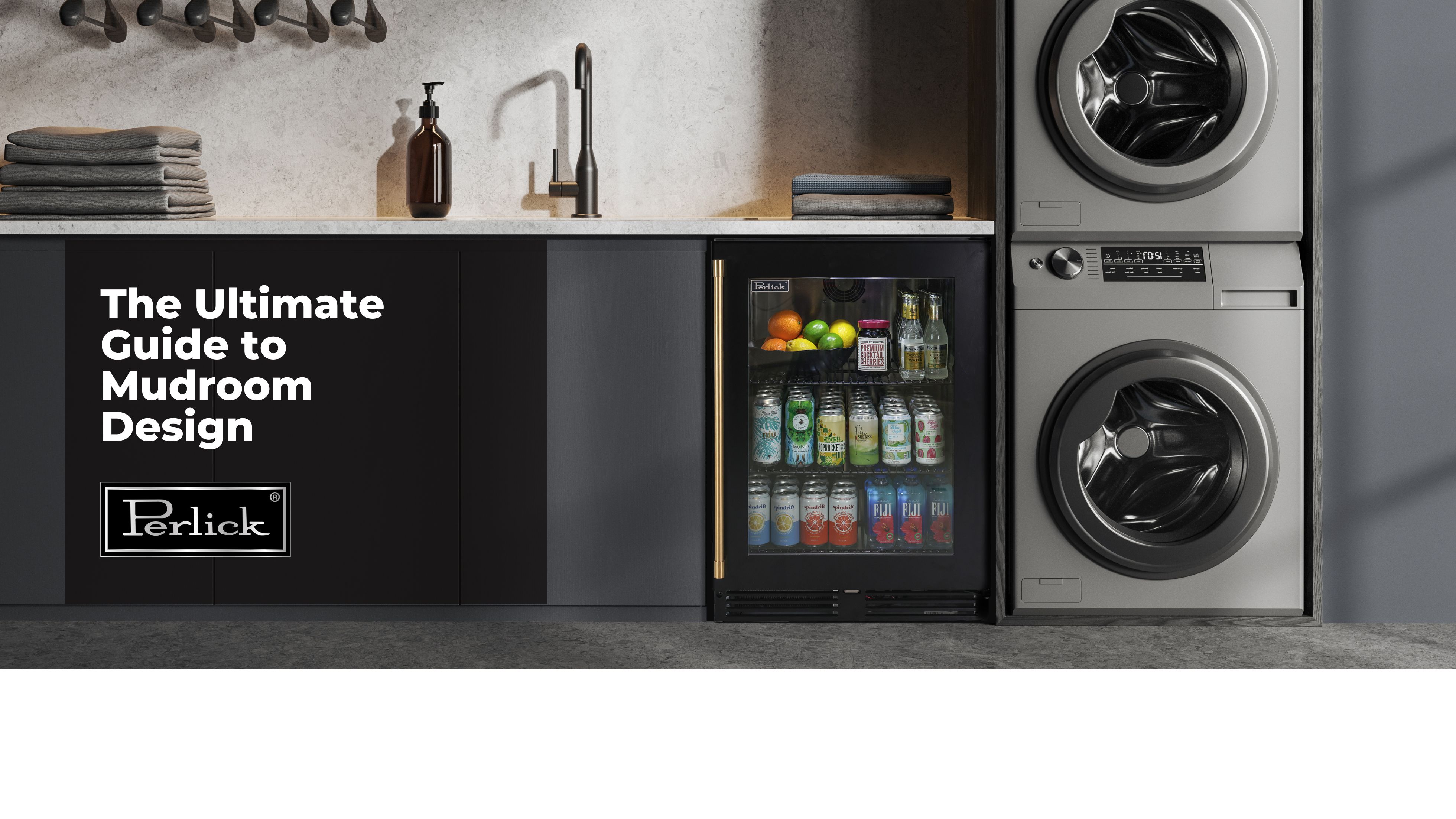While some brewers are hesitant to serve sour beers on tap, we're here to tell you it doesn't have to be difficult. As long as you follow a few basic guidelines and maintain your beer lines often you won’t have a problem dispensing your sour beer.
WHAT YOU NEED TO KNOW
Since sour beers contain more naturally-occurring bacteria than typical American beer styles and can contain various strains of yeast, particular attention should be given to proper maintenance and cleaning schedules. The Brewers Association recommends cleaning beer lines every two weeks, at minimum. While regular cleaning should take place with any beer line, sour beer lines should be cleaned even more frequently to prevent overgrowth of yeast and bacteria, which leads to unintended flavors and too much foam.
Remember that in additional to regular cleaning of the draft line and faucet, you should also soak keg couplers in cleaning solution. Also remember to thoroughly flush the line and rinse the faucet and couplers to ensure cleaning solution isn't left behind. The lines should be flushed with cold water until the pH level matches that of tap water.
To ensure you keep up with your cleaning schedule, use the cleaning log provided by the Brewers Association.
Additionally, some brewers choose to dedicate a line and faucet to sour beers in order to prevent cross contamination with other beers. Many brewers recommend dedicating all equipment that comes into contact with wild brews to sour beers only, as it is difficult for cleaning solution to make its way into porous spaces to effectively kill wild yeast. {Source 1, Source 2}
THE TECHNICAL SIDE
The yeast that is particularly worrisome to some brewers is called Brettanomyces, or Brett. While many brewers work hard to rid their beer of this strain of yeast that can impart a ‘funky’ flavor, some brewers embrace the flavor for certain beer styles, which can be found in Belgian lambics, Belgian-style saisons and American sours.
If you are venturing into brewing wild beers (meaning beers made with wild yeast such as Brettanomyces, which occurs naturally in wood, such as oak barrels, and fruit skins), get ready to discover a whole world of wine nuanced brews.
Just as there is a science to harvesting and maintaining wild yeast, the science of delivering beer is equally important.
Getting sour beer properly poured requires more than just a good brewer. You also need the right equipment to deliver that beer.








